Haute Volta year 1975 American-Soviet Space Mission Apollo-Soyuz postage stamps set MNH
The Apollo-Soyuz Test Project (ASTP), conducted in July 1975, was a significant milestone in space exploration and international cooperation during the Cold War. It marked the first joint mission between the United States and the Soviet Union, symbolizing a thaw in relations between the two superpowers and the beginning of collaborative efforts in space exploration. Here’s a detailed look at the mission:
Mission Overview:
- Date: July 15-24, 1975
- Participants:
- NASA: Apollo spacecraft with a crew of three: Thomas P. Stafford, Vance D. Brand, and Deke Slayton.
- Soviet Space Program: Soyuz 19 spacecraft with two cosmonauts: Alexei Leonov and Valeri Kubasov.
- Objective:
- The main goal of the Apollo-Soyuz Test Project was to demonstrate that spacecraft from different nations could dock in space, a critical step toward future joint missions, such as international space stations.
- It also served as a symbolic mission to ease tensions between the U.S. and the Soviet Union during the Cold War and to promote peaceful use of outer space.
Key Events and Achievements:
- Launch and Rendezvous:
- Both spacecraft launched on July 15, 1975, from their respective spaceports: Apollo from Kennedy Space Center (Florida) and Soyuz from Baikonur Cosmodrome (Kazakhstan).
- After approximately two days, on July 17, 1975, the two spacecraft successfully docked in orbit, creating a temporary human link between the two superpowers.
- Docking Module:
- A specially designed docking module was carried by Apollo to connect the two spacecraft, as the Soviet and American systems were not directly compatible. This module allowed safe passage between the two spacecraft.
- Crew Interactions:
- After docking, the American and Soviet crews exchanged flags, gifts, and even shared meals. A famous moment was the symbolic handshake between Thomas Stafford and Alexei Leonov, which represented a bridge between the two nations.
- Scientific Experiments:
- The crews conducted joint experiments in fields like geology, astronomy, and biological sciences, including photographing the Sun’s corona and observing Earth from orbit.
Significance:
- Diplomatic Milestone: The Apollo-Soyuz mission was seen as a major diplomatic success, showing that cooperation between the U.S. and the Soviet Union was possible, even at the height of the Cold War.
- Legacy in Space Exploration:
- The mission set the stage for future collaborations, including the International Space Station (ISS), which involved the U.S., Russia, and many other nations.
- It was also the final mission of the Apollo program, closing the chapter on NASA’s iconic spacecraft that had taken humans to the Moon.
Challenges and Lessons Learned:
- Language Barriers: The astronauts and cosmonauts had to learn each other’s languages, and this helped highlight the importance of communication in international missions.
- Technical Differences: The need to develop a special docking module emphasized the challenges of integrating different space technologies and systems.
Cultural Impact:
The Apollo-Soyuz mission had a profound cultural impact, symbolizing the potential for peace and cooperation between two ideologically opposed nations. It was widely covered by media around the world and became a symbol of détente, a period of reduced tensions between the U.S. and the Soviet Union.
Aftermath:
- After the Apollo-Soyuz mission, there were no further joint U.S.-Soviet space missions during the Cold War. However, it laid the groundwork for cooperation between NASA and the Soviet space agency’s successor, Roscosmos, in later years.
- The docking technology and procedures pioneered during Apollo-Soyuz continue to influence space station operations today.

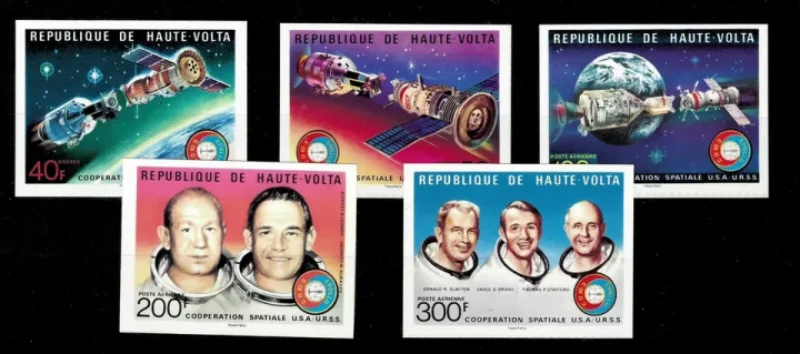
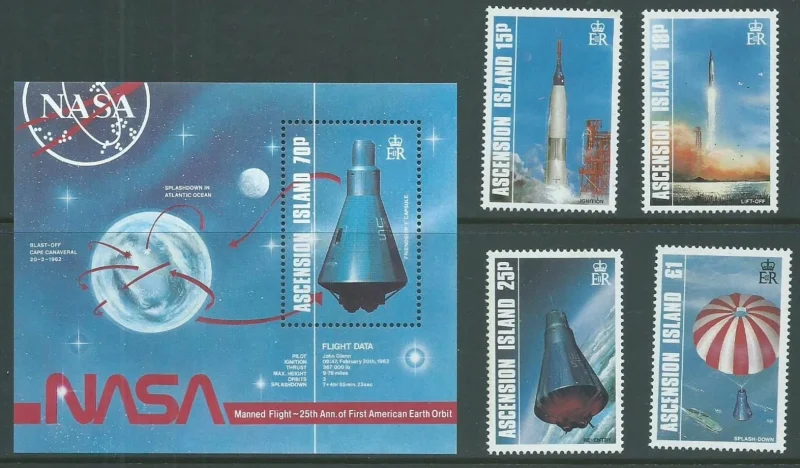
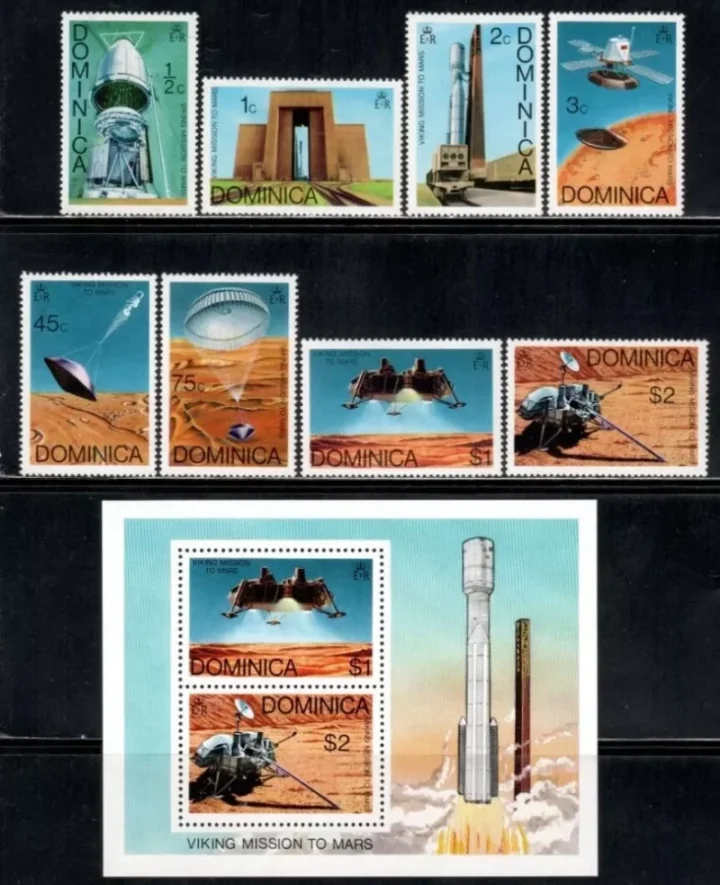
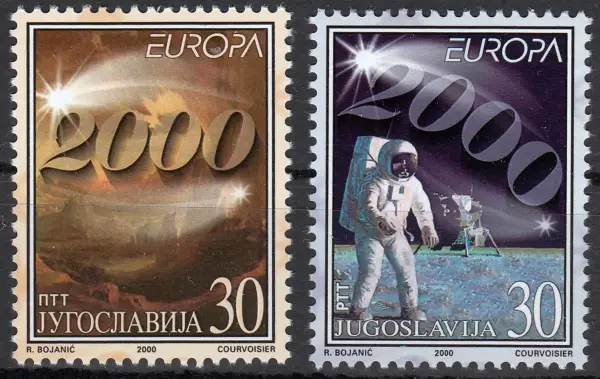
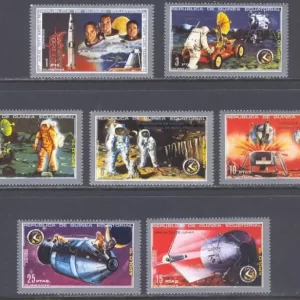


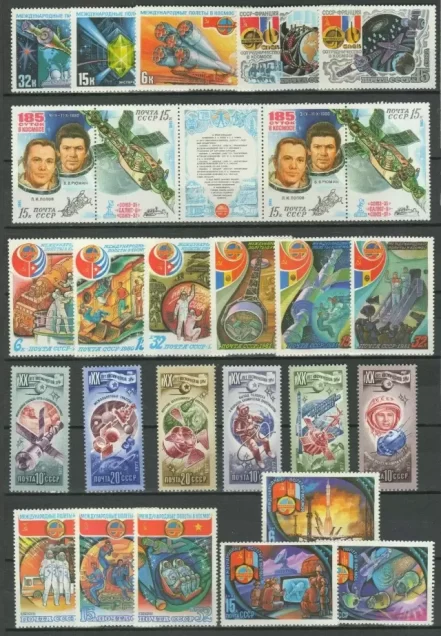
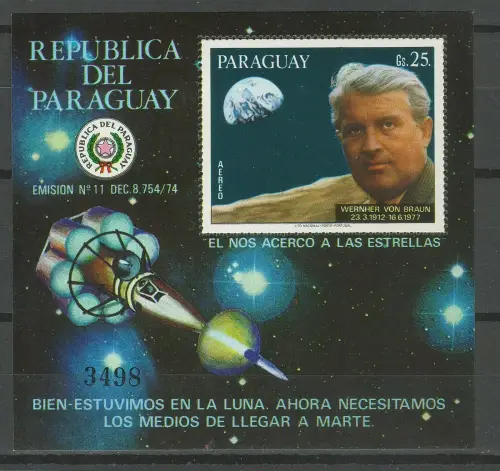

Reviews
There are no reviews yet.